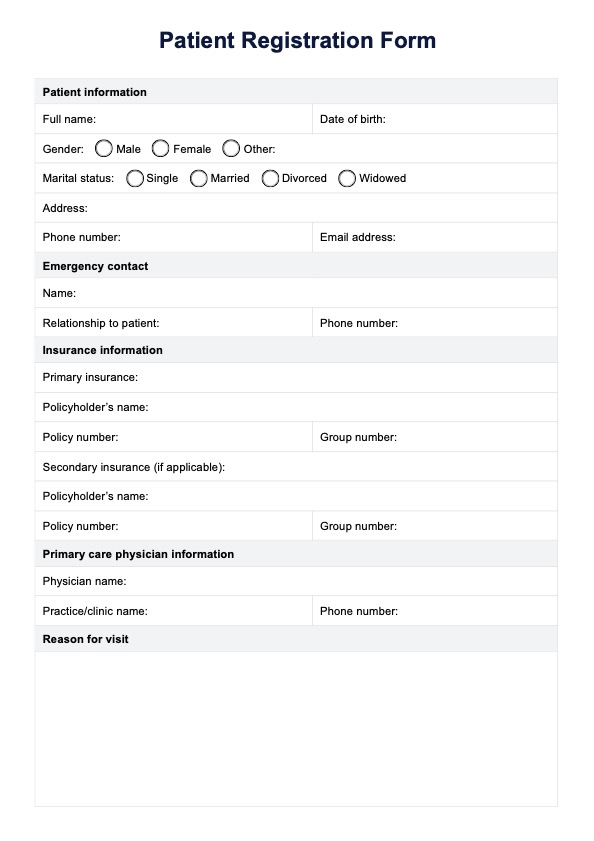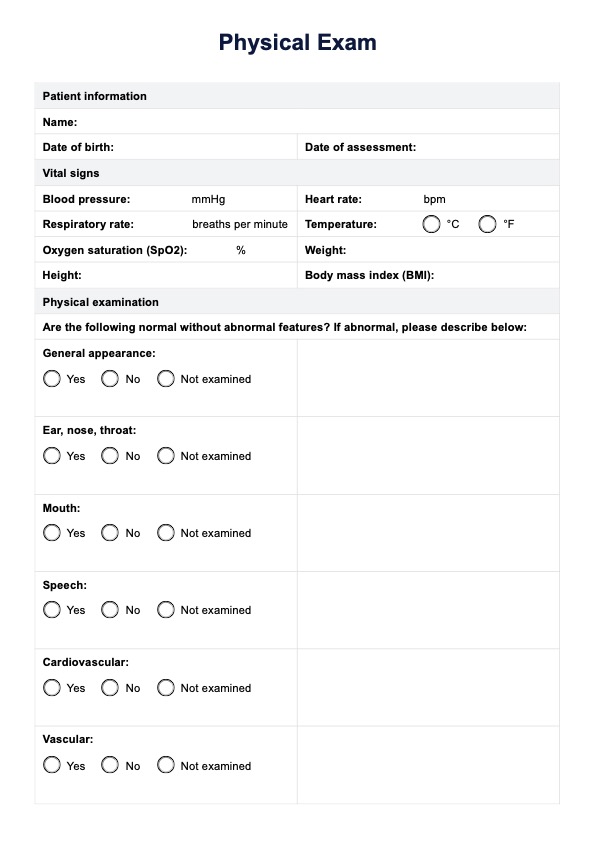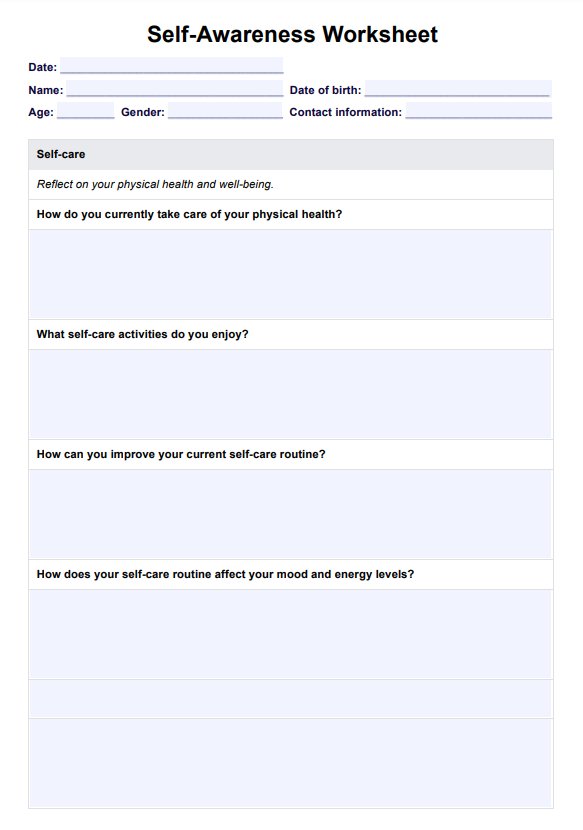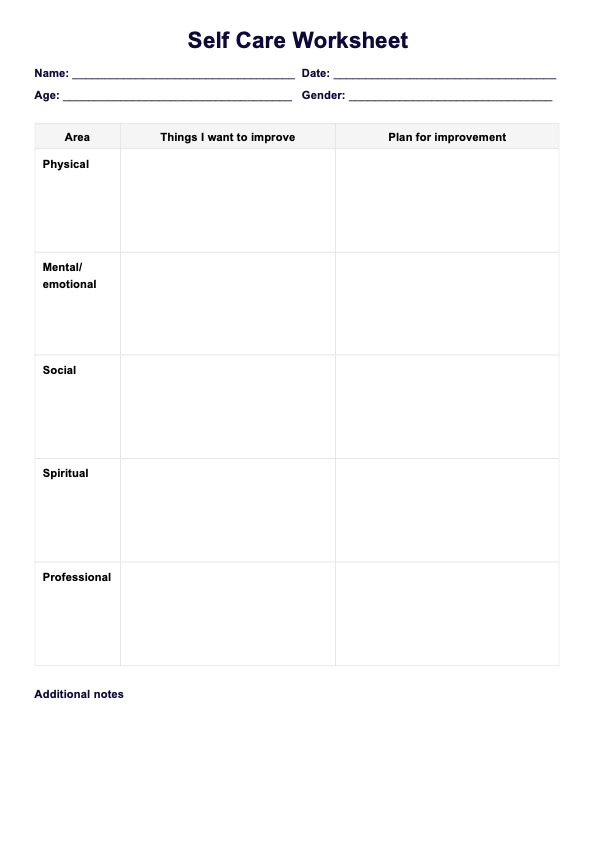Contingency Map
Understand and use Contingency Maps for behavior management in therapy, education, and parenting for improved decision-making.


What is a Contingency Map?
Contingency maps are a visual tool used primarily in psychology, education, and behavior management to illustrate the connection between actions and their consequences. It visually represents various scenarios, detailing what happens when different decisions are made, or behaviors are exhibited. Essentially, contingency maps help individuals understand the potential outcomes of their choices, providing a clear visual representation of "if-then" relationships.
The map is usually laid out with a central decision or action point, branching into different paths based on potential actions. Each path leads to an outcome, showcasing a decision's immediate and sometimes long-term consequences. This tool can be particularly effective for individuals who benefit from visual learning methods, including children or those with cognitive challenges.
Purpose of a Contingency Map
The primary purpose of a behavior contingency map is to aid in decision-making and behavior modification. By clearly illustrating the consequences of different actions, it helps individuals predict the outcomes of their behaviors and make more informed choices. This is especially useful in educational settings or behavioral therapy, where understanding the link between actions and results is crucial for developing personal responsibility and improving decision-making skills.
In therapeutic or educational contexts, contingency maps teach cause-and-effect relationships, helping reinforce positive behavior and deter negative behavior. For example, in a classroom setting, a teacher might use a contingency map to trigger challenging behavior and show students the consequences of following instructions versus disrupting the class. Similarly, a counselor might use it in therapy to help patients see the outcomes of various social interactions, promoting social skills and appropriate behavior.
Overall, using a contingency map fosters a better understanding and anticipation of the results of one’s actions, which is fundamental in building adaptive and functional behavior patterns.
Contingency Map Template
Contingency Map Example
How to create a Contingency Map
Creating a contingency map is an effective way to visualize the outcomes of different behaviors or decisions. This guide outlines the steps needed to design, fill, and use a contingency map, incorporating editable templates for ease of use and consistency.
Step 1: Define the behavior or decision
Begin by identifying the specific behavior or decision that you want to analyze. This will be the focal point of your contingency map strategy. Clearly articulate what this behavior or decision involves so that the outcomes can be directly linked.
Step 2: Identify possible actions
Brainstorm all possible actions or responses from the initial behavior or decision. Include a range of potential behaviors or reactions, covering desirable, undesirable, or neutral responses.
Step 3: Determine consequences
For each action identified, determine the possible consequences. These should be realistic and directly linked to each action. Consider both immediate and long-term consequences to provide a comprehensive view.
Step 4: Download editable templates
Download editable templates to facilitate the process and ensure consistency in your behavior maps. These can be found on various educational websites or platforms specializing in behavioral tools and resources. Choose a template that fits the complexity and scope of the behavior or decision you are mapping.
Step 5: Fill in the template
Use the downloaded template to organize the actions and consequences you’ve identified. Most templates will allow you to input data into pre-arranged fields, making creating a visually appealing and easy-to-understand map easy. Customize the template as necessary to accommodate all your information.
Step 6: Review and revise
Once the map is filled in, review it to ensure that all possible actions and consequences are included and accurately represented. Make any necessary revisions to enhance clarity and accuracy.
Step 7: Use the contingency map
Implement the contingency map in the appropriate educational, therapeutic, or personal setting. Use examples from it as a visual aid to discuss behaviors and consequences, encouraging reflection and informed decision-making.
Step 8: Update as needed
As situations change or new information becomes available, update your contingency map to reflect these changes. This ensures that the map remains a relevant and effective tool.
How and when to use behavior Contingency Maps?
Behavior contingency maps are a practical tool for illustrating the consequences of different behaviors, making them invaluable in settings where understanding and managing behavior is crucial. Here’s how and when to use these behavior problem maps effectively:
How to use behavior contingency maps:
- Visual explanation: Use the maps to demonstrate specific behaviors' outcomes visually. This helps individuals, especially visual learners or those with cognitive difficulties, see the direct consequences of their actions.
- Discussion starter: In educational and therapeutic settings, contingency maps can be a focal point for discussing behavior and its results. They encourage individuals to reflect on their actions and the potential outcomes before making decisions.
- Behavioral training: In scenarios where behavior modification is the goal, such as with children or individuals with behavioral challenges, these maps can reinforce positive behavior and discourage negative actions by clearly showing the consequences of each.
When to use behavior contingency maps:
- Education: Teachers can use these maps in the classroom to teach students about the results of their actions, like following rules versus disrupting class. It helps students understand and adhere to classroom norms.
- Therapy and counseling: Therapists and counselors can use contingency maps to help clients understand the consequences of various social interactions or behaviors, which is particularly helpful in cases of behavioral disorders or social skills training.
- Parenting: Parents might use contingency maps at home to help children understand the outcomes of their choices, such as the benefits of doing homework or the drawbacks of misbehavior.
- Conflict resolution: In any setting where conflict arises, contingency maps can help the involved parties see the potential outcomes of different approaches to resolving the issue, aiding in more thoughtful decision-making.
By incorporating behavior contingency maps into these contexts, you can better understand the cause and effect of problem behavior, enhance decision-making skills, and promote a more reflective approach to behavior management.
Who can benefit from using a Contingency Map?
Contingency maps can be beneficial for a wide range of individuals and professionals. Here are some of the key groups that can gain from using these tools:
Educators and students
Teachers can use contingency maps to help students understand the consequences of their actions within the classroom. This tool is particularly effective for teaching students about the outcomes of challenging behavior, following or breaking the rules, and for students who need visual aids to comprehend abstract concepts.
Therapists and clients
These maps are valuable in therapy settings, especially for clients who struggle to understand the consequences of their behaviors. Clients with behavioral disorders, cognitive challenges, or those who require social skills training, such as individuals diagnosed with autism, can particularly benefit from the visual and structured nature of contingency maps.
Parents and children
Parents can use these maps at home to teach children about the results of their choices. This is particularly helpful for explaining complex or abstract consequences to younger children or those with learning difficulties.
Behavioral specialists and their clients
Professionals specializing in behavior modification can use contingency maps as part of their interventions with individuals with behavioral challenges. This includes clients with ADHD, oppositional defiant disorder, or autism, where understanding behavior mapping and the link between actions and outcomes can significantly improve behavior management.
Conflict resolution advisors and participants
In situations involving conflict, such as mediation sessions, contingency maps can help participants visualize the outcomes of different conflict resolution strategies, promoting understanding and agreement.
Organizational leaders and teams
In a business context, leaders can use contingency maps to plan a response to strategic decisions or during training to help team members understand the implications of various business decisions.
Healthcare providers and patients
In healthcare settings, these maps can help patients understand the outcomes of health-related decisions, such as following a treatment plan versus neglecting medical advice.
Commonly asked questions
Applied behavior analysis (ABA) is a therapy based on the science of learning and behavior, which helps to improve social, communication, and learning skills through reinforcement strategies.
The time to complete a contingency map can vary, typically ranging from a few minutes to an hour, depending on the complexity of the behaviors and outcomes being mapped.
Contingency maps are beneficial for individuals who need visual aids to understand the consequences of their actions, such as children, particularly those with learning disabilities or behavioral conditions like ADHD or autism, as well as adults in therapeutic or conflict-resolution settings.


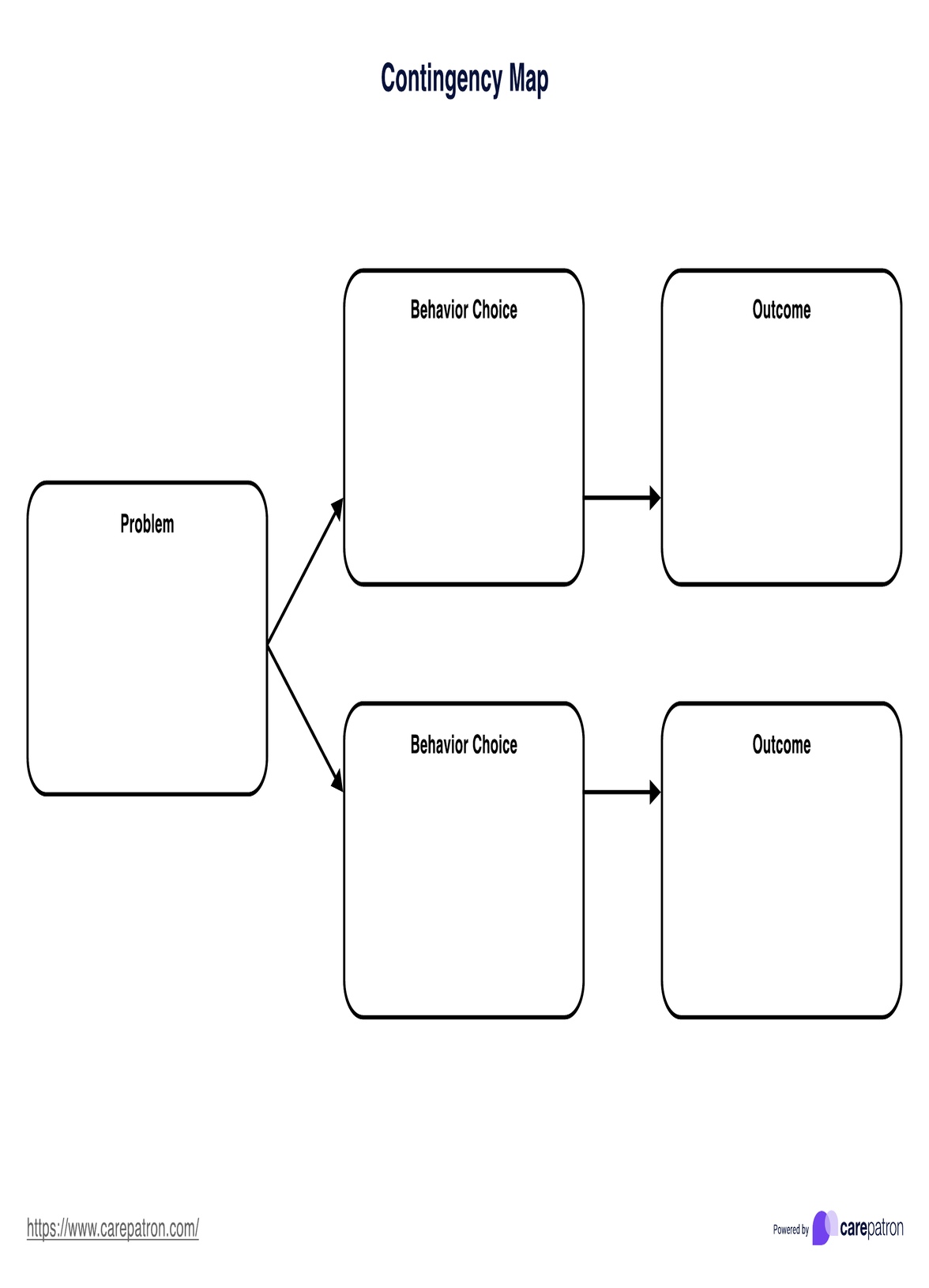
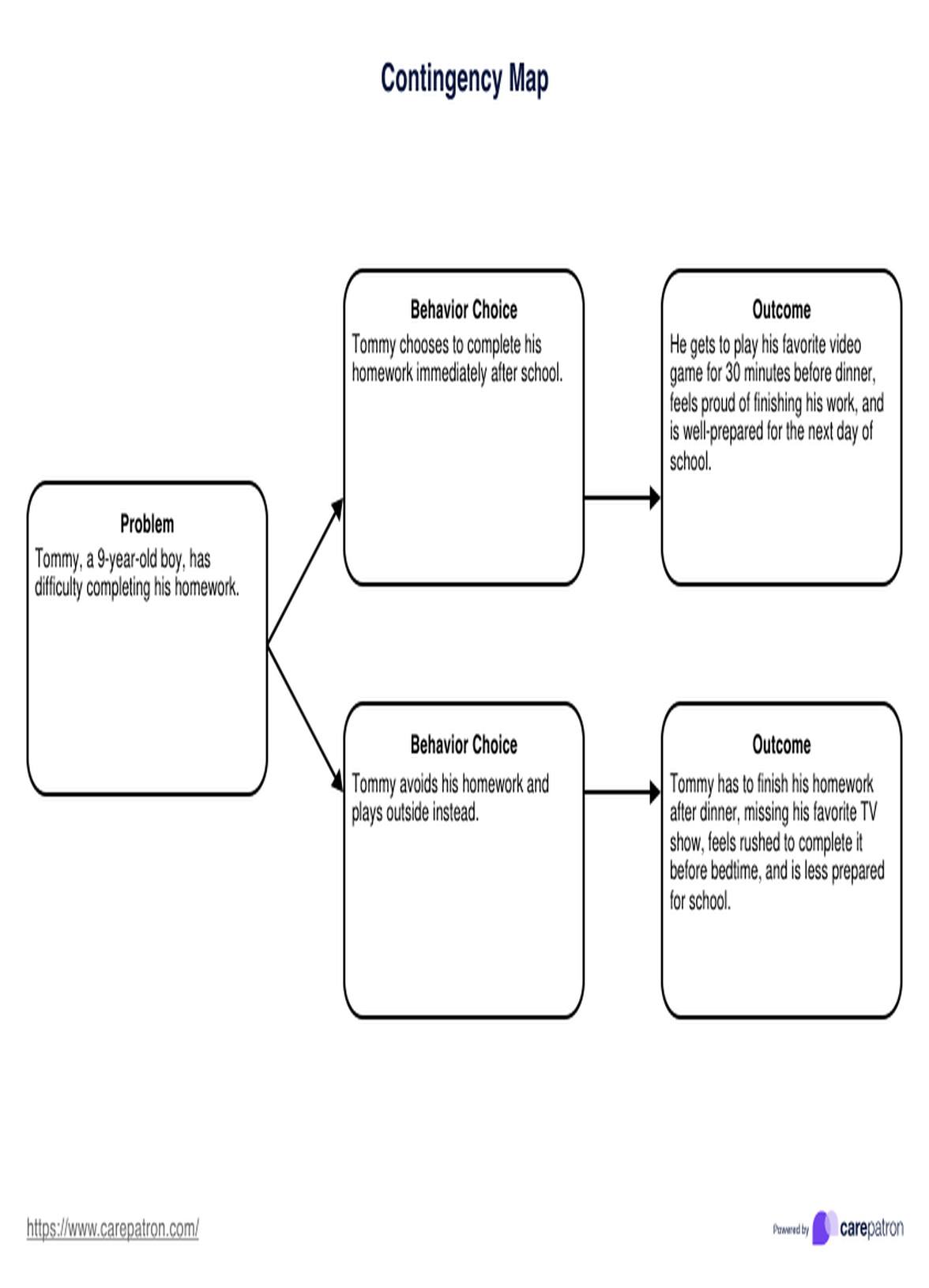

















-template.jpg)

























































































